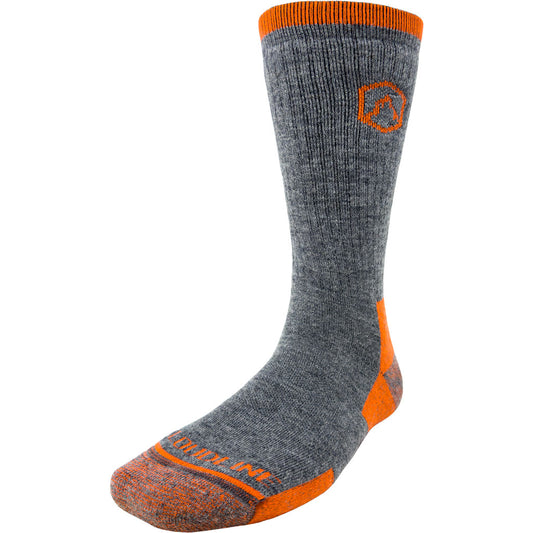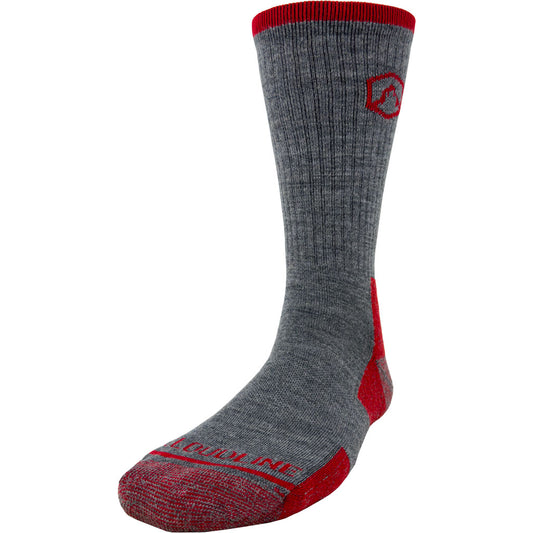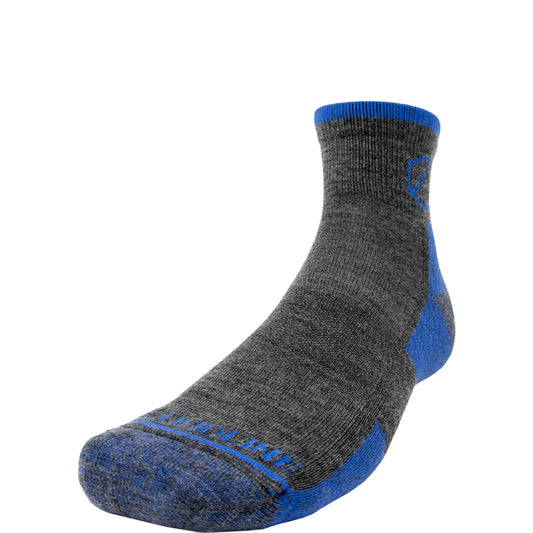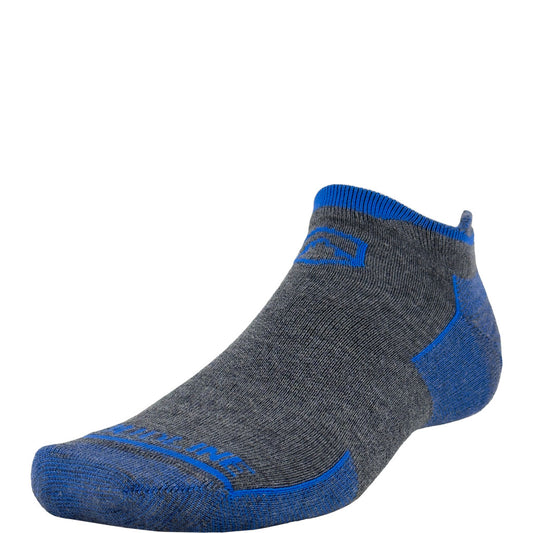
How to Prepare for a Great Hiking Season — Without a Gym Membership
As the spring sunshine melts snow from the trails, you’re starting to dream about hiking season: Endless days trekking mountain trails, dips in alpine lakes, and leisurely strolls along your favorite wooded paths. After a long winter, nothing sounds better than spending the day on your favorite trail under the sun.
While it can be tempting to simply pull your boots out of the closet, pack a backpack, and hit the trail as soon as the weather allows, it’s worth putting in some prep time to make sure your body is ready for the challenges of hiking. After all, you want to be able to actually enjoy your time on the trail.
Whatever physical activities you’ve been keeping up with over the winter, preparing your body for hiking season can go a long way in ensuring a season of safe and fun hikes. There are lots of ways to establish your fitness baseline and get in shape, even without stepping foot in a gym. In this blog, we explore how you can prep for a great hiking season — without a gym membership.
Establish Your Baseline with a DIY Fitness Test

If fitness testing brings back cringey moments from middle school gym class, we apologize. That’s not what this is! The goal here is to get an idea of where you’re starting so you can set realistic goals and track your progress.
We get it — lots of casual hikers and athletes will have no interest in their physical ‘stats’. And that’s okay, they don’t matter if you don’t want them to. Get as specific (or not) as you want when tracking your progress, and make sure, above all, you’re having fun.
Regardless of how seriously you want to track your progress, anyone who’s planning on an active hiking season can benefit from getting a sense of a couple of things: your cardiovascular endurance and muscular strength.
Gauge your cardiovascular fitness level by monitoring your heart rate during exercise. You can measure it, if you like, by tracking your heart rate before and after a 1-mile walk. If you want to take a more casual approach, see how your body feels after a brisk walk around the block. If the walk feels easy, you know you can start training at a higher level. If it’s tough, you can gradually work your way up.
Strong, flexible muscles can help you move with efficiency and stability on the trail — and more important, they can help prevent injury. Plus, good strength, balance, and flexibility can help you tackle harder terrain with more ease. Similar to testing your cardiovascular endurance, you can test your muscular strength. Try exercises such as push-ups, squats, lunges, and planks. You should get an idea of your current muscular strength based on how many reps you can do and with how much ease.
With an idea of where you’re starting, you can now tackle an appropriate at-home workout that’ll help you prep for hiking season. Allowing yourself to build a reasonable routine based on your current fitness level can prevent you from burning yourself out — or worse, getting injured before your first day on the trail.
Design Your At-Home Strengthening Workout

You can design an effective workout at home without fancy gym equipment, lots of space, or any real bells and whistles. Bodyweight exercises such as squats, lunges, and push-ups don't require any equipment. You can create a sequence of these exercises, adding variations if you like, for a substantial, equipment-free strength workout.
Yoga and stretching routines can help improve your flexibility and balance. Add an online yoga or stretching video to your strength workout to make sure you’re not neglecting skipping these important exercises.
If you want to take things up a notch, you can always invest in tools like resistance bands, dumbbells, and exercise balls. Equipment like this can add variety and intensity to your workouts if you’re craving a little more — but it’s absolutely optional.
Here are a few advanced exercises that are perfect for serious hikers. If you aren’t familiar with them, search YouTube for instructional videos.
- Kettlebell Deadlift
- Goblet Squats
- Downhill Lunges
- Step-Ups
- Hanging Knee Raises
Whatever exercises you choose, the key to a successful at-home workout routine is consistency and proper form. Commit to a schedule, and learn the proper techniques. Again, you want to build strength and stamina without injuring yourself, so avoid pushing yourself too hard too fast.
Add Cardio Training for Hiking Season
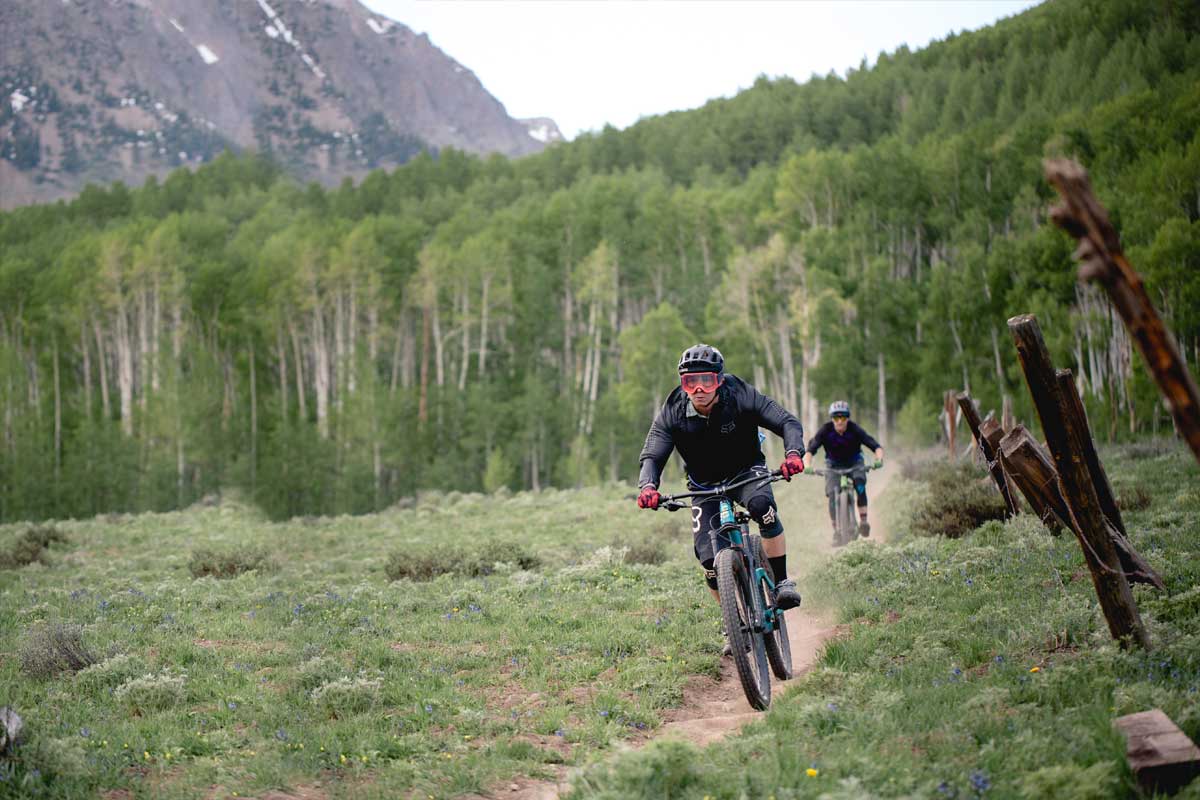
Cardiovascular fitness isn’t essential for hiking… but it does make it a whole lot more fun. Without good cardio, you won’t feel like straying far from the trailhead. Cardio workouts increase your heart rate, helping you build stamina and endurance — which you’ll need on long hikes and big climbs. If you’ve got a list of challenging hikes you want to tackle, dedicating some time to your cardio fitness is wise.
Luckily, there are tons of ways to get in a good cardio workout. In fact, some of your favorite activities are likely a great place to start. Running, cycling, swimming, or even a brisk walk are all fantastic workouts. And don’t feel like you have to stick to the same activities week after week. Instead, combine different types of cardio workouts to prevent boredom, burnout, and injury.
As with any new workout routine, it's important to start slow. Then you can increase the intensity and duration of your activities over time. For example, if running is your chosen form of cardio, start with a slow run and a short distance. Then, gradually increase speed and distance as your endurance improves.
Ideally, aim to complete at least 30 minutes of cardio 3-4 days per week. With consistency and a little time, you’ll soon be ready for hiking season.
How To Prepare For Beginner Backpacking Trips

If your summer hiking plans include a backpacking trip, you’ll want to do a little more in terms of physical preparation. Carrying a heavy pack for days at a time over difficult terrain isn’t easy. So in addition to your regular cardio and strength workouts, you’ll want to incorporate practice hikes with a weighted pack. Doing so will get your body used to carrying a heavy pack before you actually step foot on your route.
Again, start small and work your way up. Start with a little weight, and increase it gradually until you reach your estimated full weight (that is, how much you think your pack will weigh when it’s packed for your trip).
With added intensity and a heavy pack on your shoulders, stretching will be even more important as you train for your backpacking trip. Make sure you incorporate it into your training routines to improve your flexibility, reduce muscle soreness, and avoid injury.
Prep Work Makes The Best Work
You don’t have to have a gym membership to get ready for hiking season. But that doesn’t mean you can’t do a little physical preparation to make hiking season an all-around better experience. With some strength training, a little cardio, and — when needed — backpacking training hikes, you can make the most of your next big adventure.
What are your upcoming hiking plans? Whether you’re spending a Saturday at a nearby park, heading out on an all-day mountain expedition, or spending a week backpacking in the woods, we want to hear about it. Comment below with your upcoming adventures!

